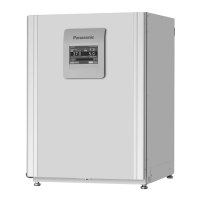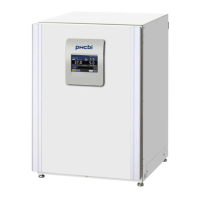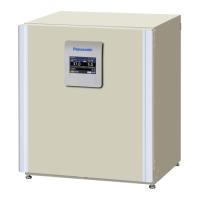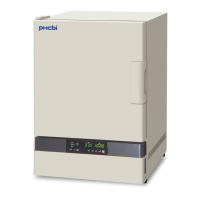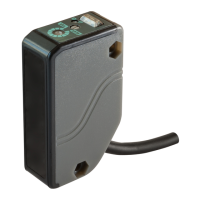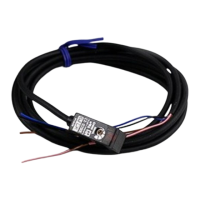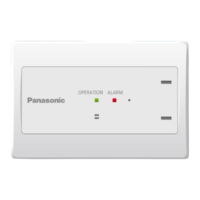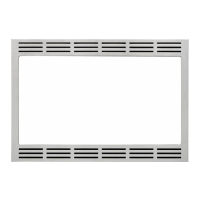Why is a large quantity of CO gas being consumed in my Panasonic MCO-170AICUVH?
- HhloweryAug 18, 2025
To address the issue of a large quantity of CO gas being consumed by your Panasonic accessories, first, consider whether the outer and inner doors are being opened and closed frequently. Also, check for gas leaks from connectors due to deterioration of the gas tube, or whether there may be any pinhole leaks. Finally, inspect the packing seal for the inner door for defects and ensure the access hole is closed.
